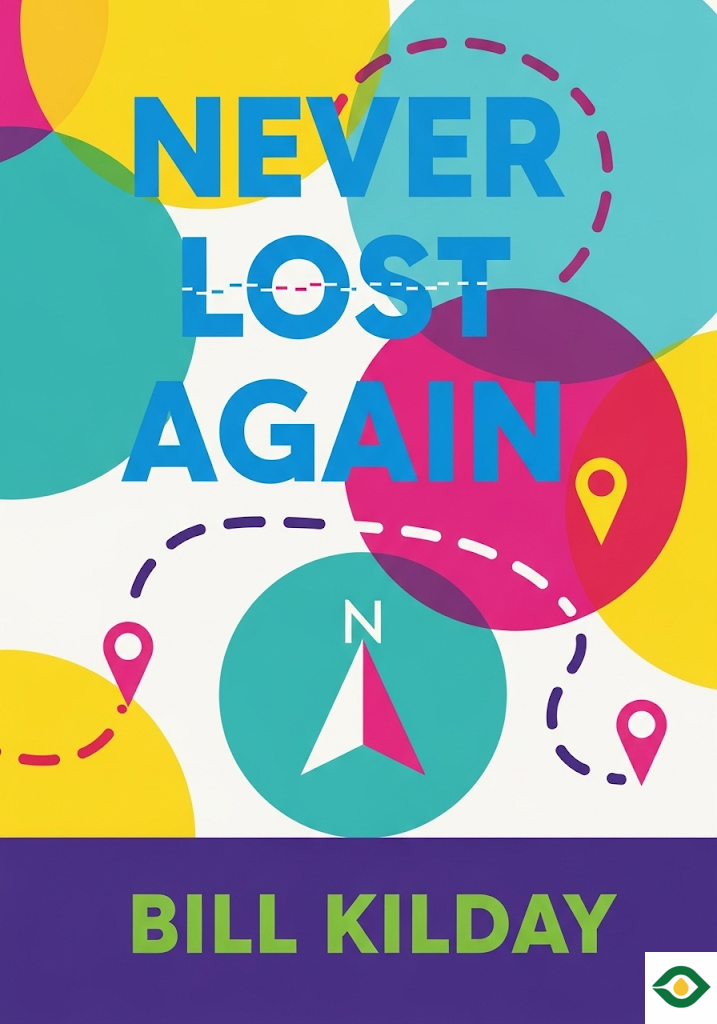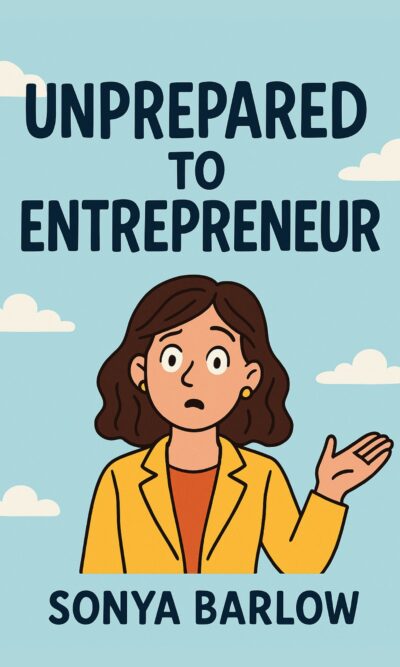Description
Getting lost used to be a normal part of life. People relied on paper maps, road signs, and sometimes just asking strangers for directions. That changed forever when digital mapping arrived. Today, with Google Maps in our pockets, most of us cannot imagine being truly lost again. The story behind this technology is both surprising and inspiring. It begins not with a giant company, but with a tiny start-up named Keyhole. Their journey, filled with struggles, breakthroughs, and unexpected turns, eventually led to the creation of Google Maps and Google Earth—tools that transformed how we live, travel, and even save lives.
The origins trace back to the late 1990s. John Hanke, a visionary with a passion for technology, teamed up with a small group of engineers. They were fascinated by the idea of viewing the entire Earth on a computer screen. This early project was called EarthViewer. At first glance, it seemed like a fun digital globe, but when you zoomed closer, the magic revealed itself. You could soar over continents, dive into countries, and even spot buildings and streets. When Hanke showed the program to his friend Bill Kilday, it was like looking at the world through Superman’s eyes.
The dream, however, was bigger than the available technology. Computers were slower, internet connections were weaker, and gathering images of the Earth was a challenge. To make progress, Keyhole partnered with people who captured aerial photos. Some images came from satellites, others from planes. One unusual partner was Airphoto USA, led by a free-spirited entrepreneur with a love for flying. His planes gave Keyhole sharper images of cities, adding detail and life to their program. Slowly, the little company was piecing together the digital Earth.
But the road was rough. Around 2001, the dot-com bubble burst, and Silicon Valley was filled with stories of failed start-ups. Investors pulled money from risky ventures. Many tech companies disappeared. Keyhole could have been one of them, but they adapted. Instead of aiming their software only at regular consumers, they turned to different kinds of clients. Real estate companies, for example, loved EarthViewer because they could show properties from the air. Government agencies also found uses, like fighting wildfires or even helping with police investigations. In one high-profile case, investigators used Keyhole’s program to track the movements of a murder suspect, which eventually helped secure a conviction. These unusual clients kept the company alive when others were shutting their doors.
Then came 2003, and with it, the Iraq War. News networks wanted to show viewers what was happening in Baghdad in real time. CNN struck a deal with Keyhole to use EarthViewer during its coverage. Suddenly, millions of people around the world saw EarthViewer on television. Viewers were amazed as reporters zoomed into satellite images of bombed neighborhoods. The exposure was priceless. Keyhole’s website was flooded with traffic, and journalists began writing stories about the company. At the same time, the U.S. government also became interested. A CIA-backed fund called In-Q-Tel signed a major contract with Keyhole to develop a private version of their software. This was the company’s biggest deal yet, and it secured their future for a little while longer.
But the biggest turning point came in 2004. During a casual meeting at Google, one of the founders, Sergey Brin, was shown EarthViewer. He was instantly hooked. Without needing detailed business arguments, he simply declared, “We should buy this company.” Soon after, Google acquired Keyhole. The start-up’s entire team joined Google, moving from their cramped office into the vibrant, playful environment of the Googleplex.
Life at Google was a different world. Employees enjoyed free food, shuttle buses, gyms, and even massage rooms. But it wasn’t just about perks—the resources allowed Keyhole’s team to focus fully on improving their technology. They were no longer fighting for survival; they were building for the future. Together with other talented programmers Google had acquired, they worked to make mapping faster, smoother, and more useful. The Rasmussen brothers from Denmark introduced clever techniques that made maps load quickly. Others worked on adding accurate business data, making sure addresses and shops could be found with a simple search. Slowly, the pieces came together.
In February 2005, Google Maps officially launched. The response was explosive. Users loved how easy it was to search for places and navigate cities. Developers loved it too, because Google allowed them to build on top of the technology. A wave of creativity followed. One programmer combined Google Maps with real estate listings, creating an early version of online housing searches. Others used it to track crimes, map bicycle accidents, or show environmental data. Before long, major companies built their businesses on top of Google Maps. Think of Uber, Lyft, Yelp, or Zillow—many of them depended directly on this mapping system to exist.
The influence went far beyond business. In 2005, when Hurricane Katrina devastated New Orleans, Google Maps became a lifesaving tool. Rescue teams used it to locate stranded residents, turning street addresses into exact GPS coordinates. Helicopters could then find and save people trapped on rooftops. Around the same time, activists used the technology to fight destructive logging plans in California. By showing 3D views of proposed clear-cutting, they convinced communities to stop harmful projects. These moments showed that mapping technology wasn’t just convenient; it was powerful enough to save lives and protect the planet.
Over time, Google Maps and Google Earth grew into everyday essentials. They changed how we travel, how we shop, how we connect to businesses, and how we understand the world. What started as a small group of dreamers struggling to survive the dot-com crash ended up reshaping daily life for billions.
The story of Keyhole and its journey into Google is a reminder of how fragile yet powerful start-ups can be. At one point, the company was nearly forgotten. Yet with persistence, creativity, and a little luck, it ended up shaping one of the most important tools of our time. Today, it’s hard to remember life before these maps existed. For younger generations, being lost may no longer even be an experience they know.
In the end, this journey is not just about technology. It is about vision, adaptation, and the belief that even the smallest team can change the way humanity sees the world.





